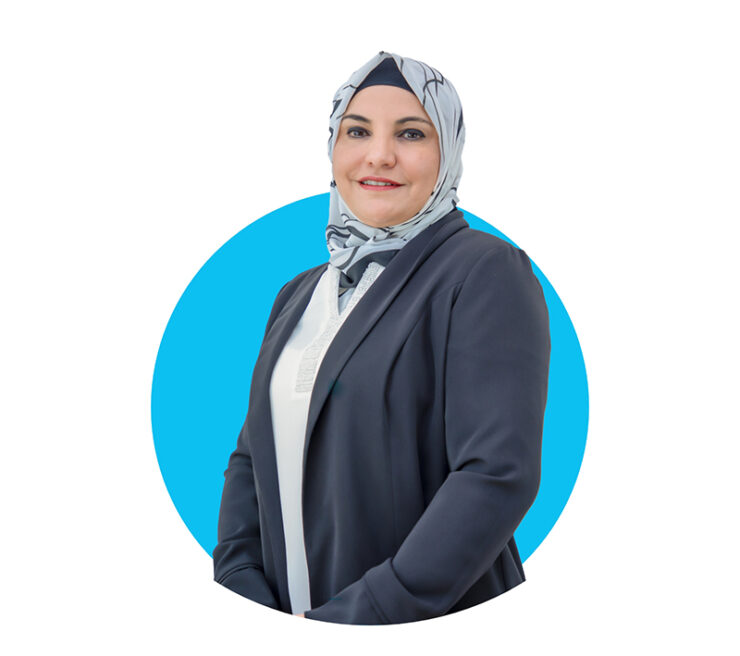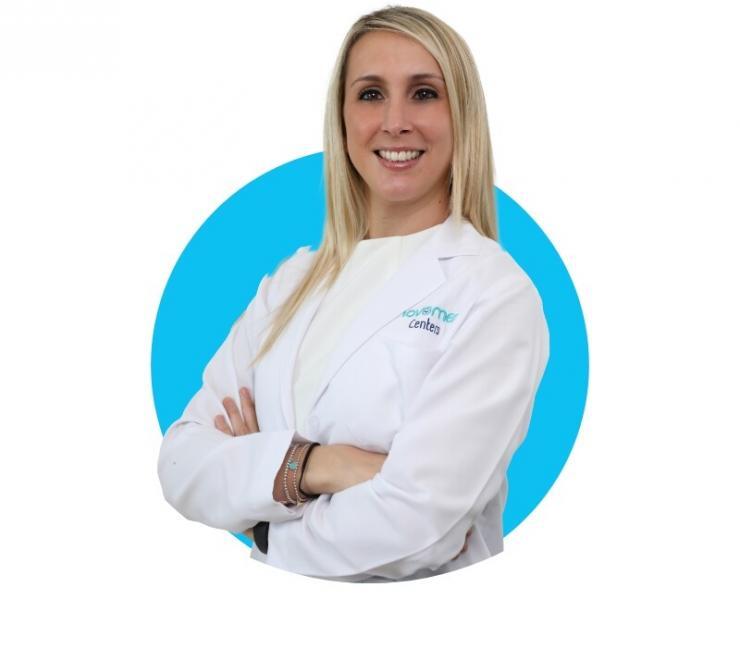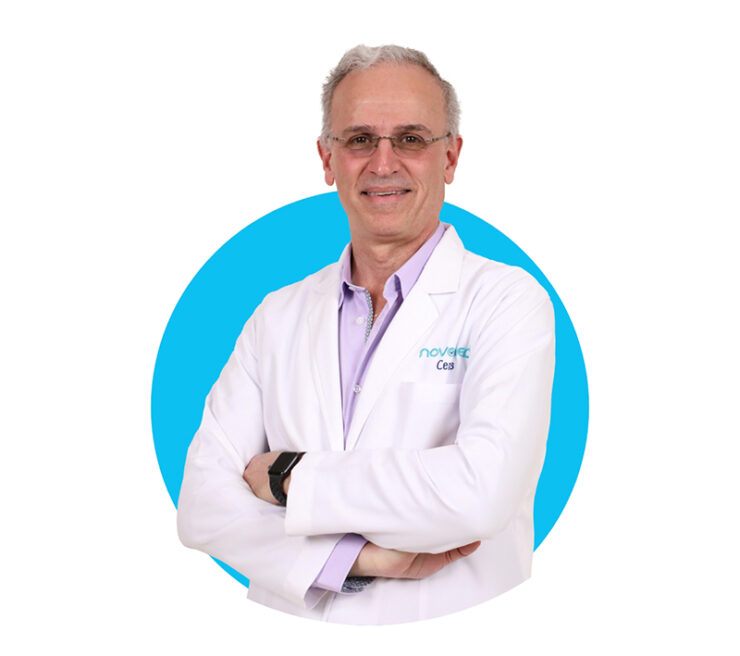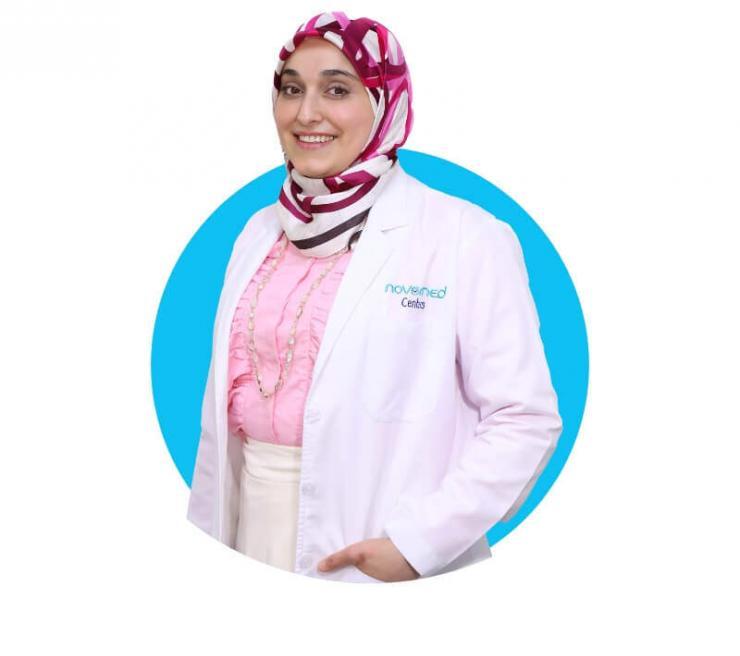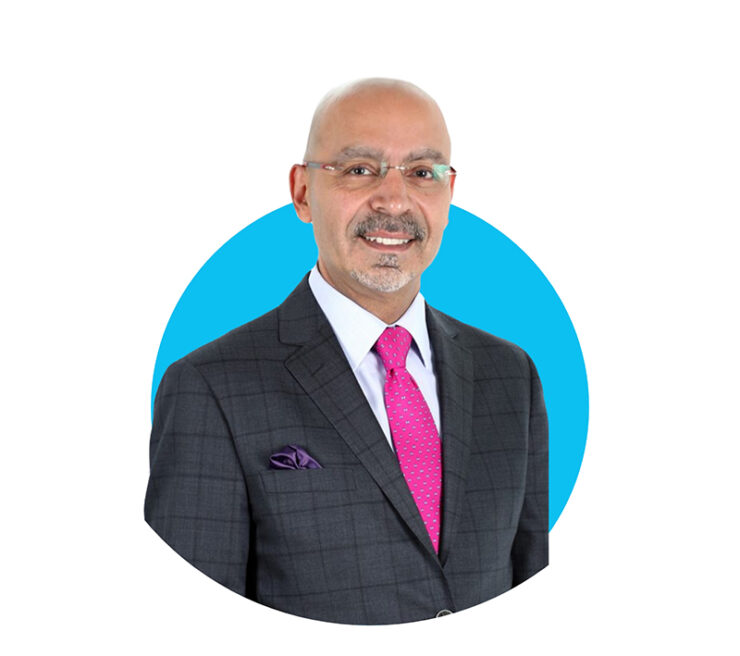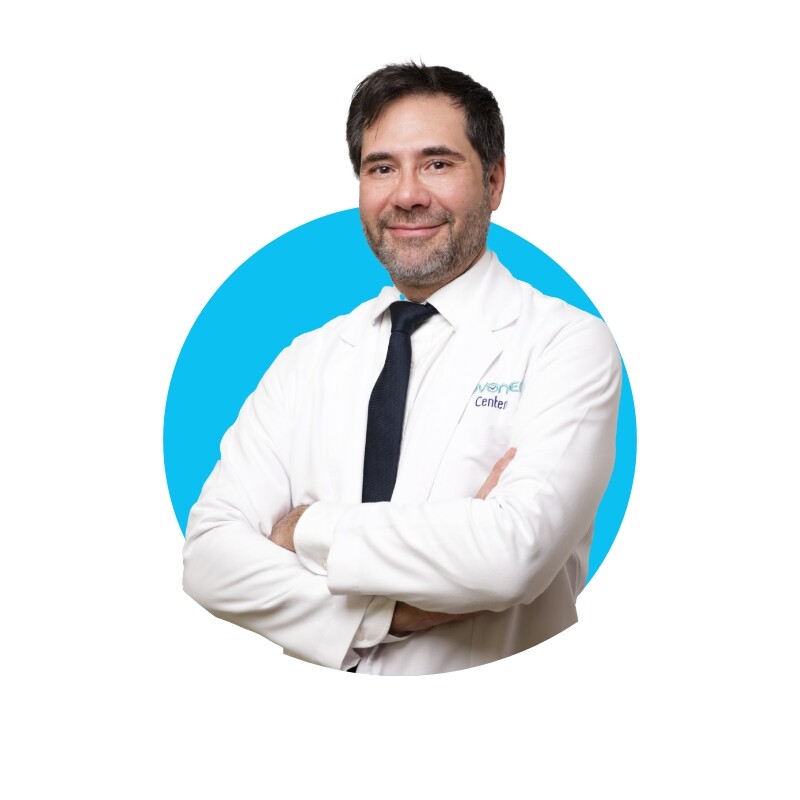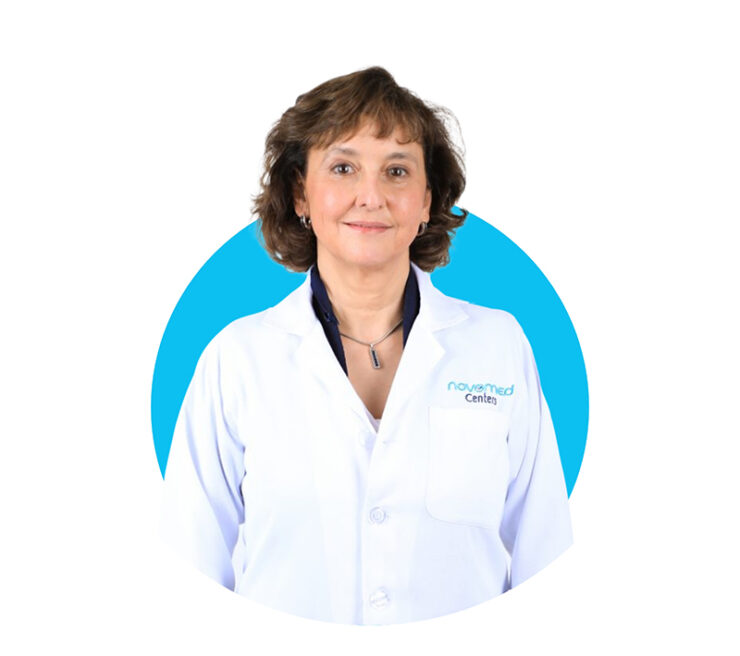Mid Facelift in Dubai, Abu Dhabi and Al Ain
What is the Difference Between a Facelift and a Mid-Facelift?
While the facelift and the mid-facelift have the same goal of rejuvenating one’s facial appearance, the difference between the two methods involves the extent of the areas which are treated.
A mid-facelift, also known as a “cheek lift”, focuses mainly on the cheek region. This procedure improves issues as:
- Loose skin in the mid-portion of the face
- Loose muscular structure and lines in the mid-face
- Nasolabial creases
- Loose skin around the eyes
- Wrinkles
- Facial volume loss
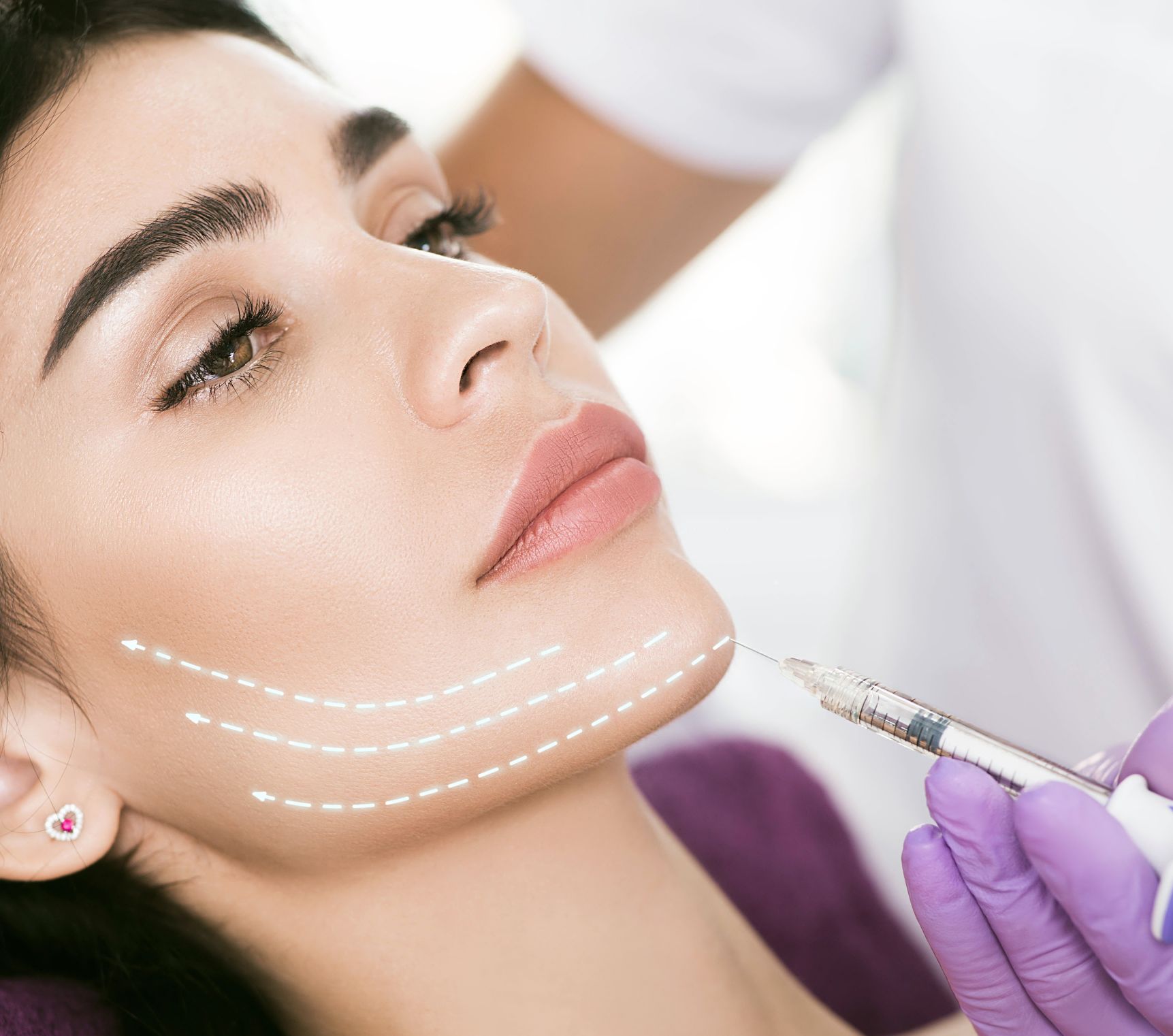
A facelift can treat issues around all areas that a mid-facelift can, with the addition of areas around the mouth, along the jawline, and more.
A mid-facelift can be an excellent option for patients whose cosmetic concerns are limited to cheeks and the mid-face area whereas a facelift is a better option for patients whose concerns extend from the jawline to just above the cheeks. If a patient wishes to focus on reducing signs of aging in the eye and/or forehead region, they may want to consider combining their facelift procedure with an eyebrow lift surgery and/or eyelid surgery (blepharoplasty) as neither facelift technique will enhance the upper area of the face.
What to Expect?
After a successful consultation, Novomed’s team of highly experienced expert plastic surgeons provide all patients with realistic expectations in what can be achieved for each patient’s unique case. The surgery date is only confirmed when the patient has a clear and detailed understanding of their surgery plan and mid-facelift recovery process. Patients will be provided pre- and post-operative instructions ahead of time to be well prepared for their surgery.

Recovery Timeline
Swelling, bruising, and loss of sensation of the skin are common occurrences with any surgical procedure; however, with a plastic surgeon specializing in facial surgeries, the downtime may be minimized.
Each patient heals differently depending on a variety of factors, but typically swelling and bruising will reduce after 7 to 14 days.
Some residual tightness and swelling may be present at 3 to 4 weeks after the surgery, but for the most part, patients start to look and feel much better. At this time, patients begin to see real improvements in their facial contour. Here they can get back to low impact exercise and experiencing activities without others noticing external signs of the patient having undergone a procedure.
After the 1-month mark, patients tend to begin enjoying life with their new look and resuming normal activities. The face will continue to heal and refine over time and can take up to one year for very minor tightness, numbness, and swelling to completely subside.
Benefits of a Mid Facelift
The mid-facelift addresses common early signs of aging and produces long-term results, whereas dermal filler and other non-surgical treatments and techniques are temporary. A cheek lift procedure surgically elevates the sagging cheek tissue (malar fat pad). Incisions around the hairline and ear are minimal, in most cases, incisions scars can heal to be completely unnoticeable. This surgery provides patients with a more youthful appearance to their cheekbones and other areas of the mid-face. If the below points relate to your facial rejuvenation goals, a mid-facelift may be right for you.
- Reduce sagging above the mouth
- Reduce sagging below the eyes
- Decrease sagging cheeks
- Reduce nasolabial folds
- Obtain a more permanent solution to ageing
The mid-facelift is also known as a cheek lift, and it addresses some of the early signs of aging which is the sagging of the cheeks. The procedure elevates the sagging cheek tissue (malar fat pad) by using minimal incisions around the hairline and ear. This surgery provides patients with a more youthful appearance to their cheekbones.


